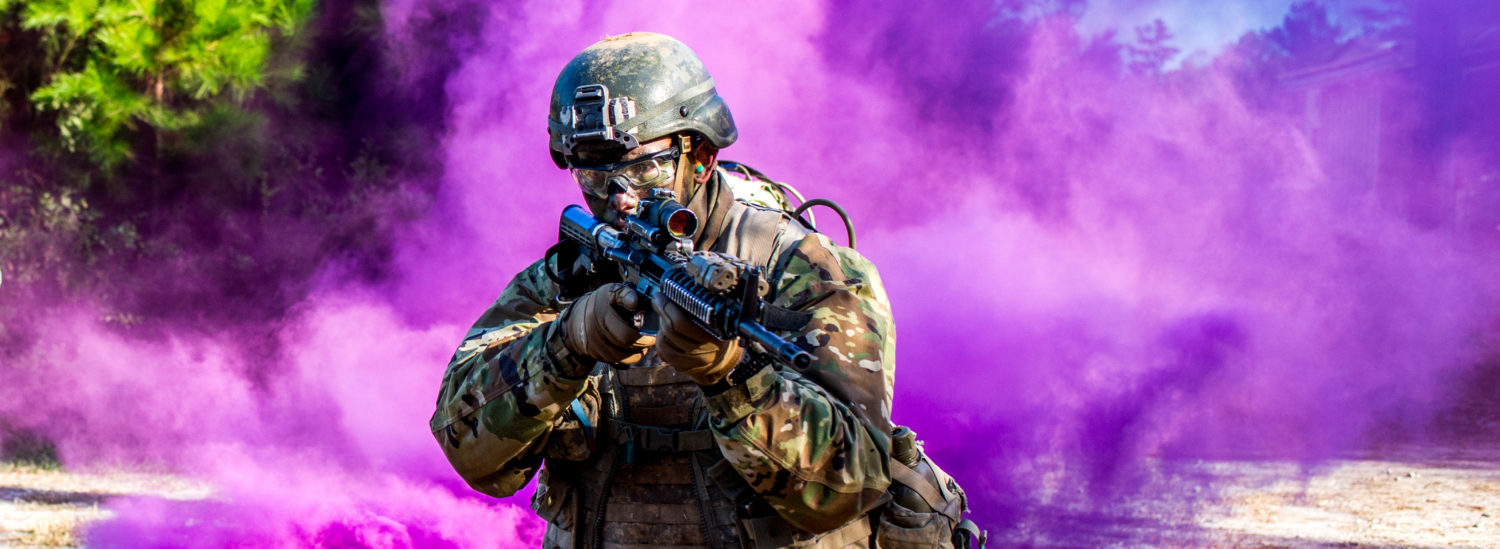We often enter new positions or jobs with some pre-conceived notions In July of 2018, as I prepared to take over a basic combat training (BCT) company, I had a few expectations. I thought I would spend the majority of my time with a team of highly effective and well-trained non-commissioned officers who were charged to transform volunteer civilians into soldiers. This proved to be true. But I did not expect to be mentoring or managing junior officers. In an effort to increase the ratio of leaders-to-led in basic training, the Center for Initial Military Training is working to place a Lieutenant (Platoon Leader) in each basic training platoon. There are many constants and foundational tenants to developing junior officers across billets. But there are also nuances to being a platoon leader in a basic combat training company that requires a tailored approach.








